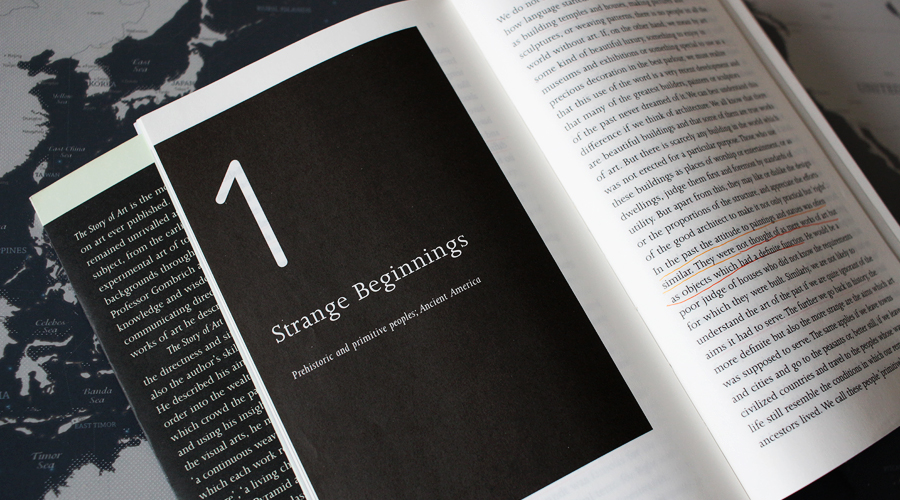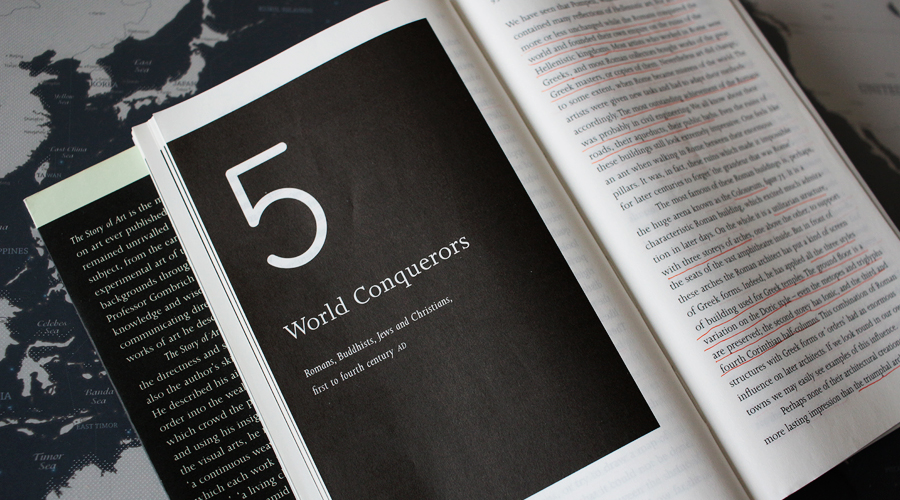
[In the past paintings and statues] were not thought of as mere works of art but as objects which had a definite function (p.37).
This was a rather interesting approach as up to this point I had seen paintings and statues only as, well, works of art. It seems simple really if you think about it. For example, a photograph can be a work of art, but it can also be highly functional! Sometimes a photo is used to tell a story: a special moment told by a blogger or an exotic adventure in a travel magazine. Other times it can be very commercial: endless spreads of advertisements and rows of event posters for example. We live in such a visual world so it makes sense that paintings and statues would also have been functional in the past. Especially in a world where photography was not even an option!
…images are made to protect them against other powers which are, to them, as real as the forces of nature. Pictures and statues, in other words, are used to work magic (p. 38).
This chapter focuses on the prehistoric era so it mainly discusses the function of paintings and statues during that period, but I hope that Gombrich will continue to expand upon this idea for different periods in time. I remember learning that pictures in caves were drawn for the purpose of communication and perhaps keeping record, but I hadn’t thought of them as vessels of magic. It makes me re-evaluate the meaning and purpose of drawings by the ancient Egyptians as well. Perhaps all those drawings were not merely just record but also thought to be magic that would serve the pharaoh in the afterlife? Similar to the purpose of the terracotta army and figures of the Chinese Emperor, Qin Shi Huang?
Thinking about pharaohs and emperors and all they have left in this world makes my life feel rather small and insignificant in the scope of things. They have left treasures in this world, while most of my doings these days are digital. What happens if the world is suddenly stripped of everything that is digital? How much would I lose? All my photos and certainly most of my writing. Perhaps I should be jumping on the scrapbook bandwagon, or at least start a physical photo album like those of my childhood. It felt so much natural to have a physical photo album back in the day when photos were made with film and required developing to be seen. These days all my photos are tucked away in an external hard drive. Hmmm.
We should never forget, when talking of primitive art, that the word does not imply that the artists have only a primitive knowledge of their craft… …It is not their standard of craftsmanship which is different from ours, but their ideas (p. 42).
I think this is one of the easiest things to overlook when thinking about the prehistoric era. The first thing that comes to mind are cavemen that are illustrated in pop culture. Their art seems so… well, primitive in comparison to the art we see in galleries today. I wonder though, are we any smarter for enjoying the advanced technology of this day and age? Is the art any better? I know that if I was suddenly stranded on an island, there would be little chance that I would be able to create a cellphone or build a computer let alone draw a herd of buffalo. I wonder if I can actually even draw anything that remotely resembles a buffalo, let alone a herd of them! Stick figures anyone?
<Previous Chapters>
The Story of Art: Introduction




